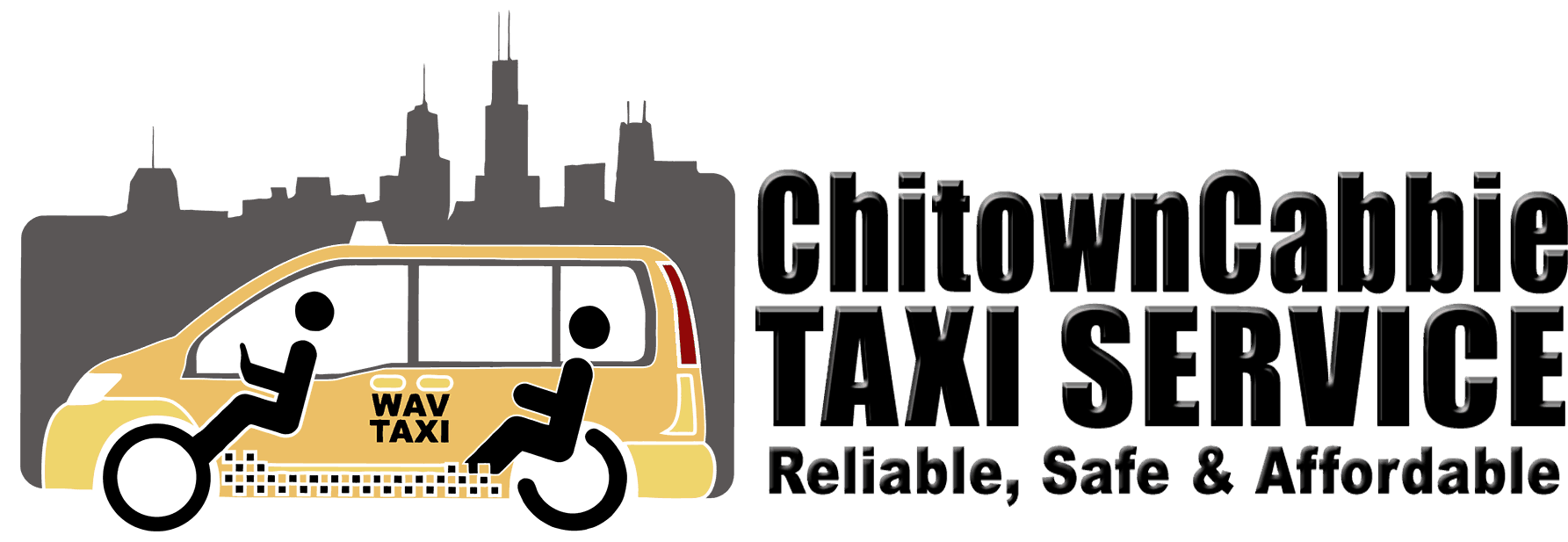In our last blog, we showcased the three most outstanding practices of accessible tourism in different parts of the world.
This time around, we shall take a look into the physical planning and accessibility methods of tourism services around the planet.
Physical Planning and Accessibility – What Gives?
Major barriers for travelers with RPA involve physical obstacles that limit access to tourism sites and attractions. Attractions may include leisure-based activities, such as visiting theme parks or participating in sports events; nature- or historical-based activities, such as visiting museums or a patrimonial site; and sociocultural activities, such as festivals or exhibitions. In these activities, most of the constraints encountered by tourists with RPA involve site inaccessibility. For example, beaches are often not equipped to accommodate wheelchair users. Similarly, poor access to museums, historical monuments or shopping areas restricts persons with RPA from participation in these activities.
Furthermore, access to hotels is also problematic. Few hotels have elevators to all floors and complete access through the entire building. While the majority of hotels provide special parking areas, these are often uncovered and distant from the main hotel entrances. Often times, they require that steps be negotiated in order to enter or exit buildings.
Many travelers with RPA have difficulty accessing restaurant establishments within tourist destination areas. Others encounter problems after making hotel reservations. In some instances, rooms that were promoted as accessible were actually inaccessible to persons with RPA. For example, showers with handrails may well accommodate some people, but, for many wheelchair users, bathtubs present a major barrier.
New Zealand’s Initiative: The Building Act (1991)
The Building Act 1991 sets down the law for building work in New Zealand. Building requirements in other legislation were to be revoked and replaced by or included in the new building legislation. In developing the accessibility requirements within the Building Act, it was expected that when properly implemented,. Good design for access would enable independent use of the built environment by all individuals. This also enhances the usability of buildings and reduce the possibility for injury by accident. This meant that access for persons with disabilities in buildings would inevitably become a part of the new building legislation, rather than be contained in specific disability legislation.
Implementation has encouraged a number of accommodation providers to recognize the value of travellers with disabilities. There are now accessible bed and breakfasts, home stays, holiday parks with tourist flats/cabins and hotels and motels. However, the degree of access to and ease of movement around the buildings varies among different providers. These benefits in terms of increasing ease of access have been noted by a number of visitors to New Zealand. Travellers comments include the high level of accessibility in all sizes of towns, and that accessible accommodation could be found at reasonable rates. The Building Act helps ensure that all kinds of accommodation in terms of price range are accessible to persons with disabilities. It applies to the building of and alterations to all kinds of establishments, not just those that are regarded as “luxury” accommodation providers.
USA’s Initiative: The Access Board
The Access Board is an independent federal agency devoted to accessibility for persons with disabilities. Created in 1973 to ensure access to federally funded facilities, the Board is a leading source of information on accessible design.
Moreover, the Board is structured to function as a coordinating body among federal agencies and to directly represent the public, particularly persons with disabilities.
The Board provides technical assistance on all of its guidelines and standards. It maintains a toll-free telephone line to answer questions but also receives inquiries by mail, e-mail, and fax. In 2002, The Board responded to more than 13,280 inquiries, most of which came from designers, architects, code officials, manufacturers and persons with disabilities. The majority of questions concerned the ADA Accessibility Guidelines, the most widely used document issued by the Board. The Board provides training on its design requirements and routinely participates in programs and conferences throughout the country sponsored by other organizations.
Mexico’s Initiative: Promotion of the Technical Aspects of Accessibility for Tourism Establishments
Publication of a technical manual on accessibility in a built-up environment, and organization of seminars for tourism service providers.
An Accessibility Recommendations manual was designed by the Office for the Representation and Integration of Persons with Disabilities (a federal agency). Its specifications are based on the universal design of products and environments to be usable by all persons. The manual contains technical requirements for accessibility of public open spaces, and access to public buildings and facilities by persons with disabilities. These technical requirements are to be applied in the design, construction, and renovation of buildings and facilities. Technical seminars were designed to encourage appropriate construction. Under the supervision of the Tourism Ministry, municipal authorities convene meetings of various associations and interested members of the public to encourage participation in the seminars.
The publication of 5,000 printed copies of the Accessibility Recommendations manual were distributed throughout Mexico and the manual is also available on the Internet.
We hope you enjoyed and learned a few more things with us. Tune in for our next blog where we will be discussing the best tourism sites for persons with disabilities!


